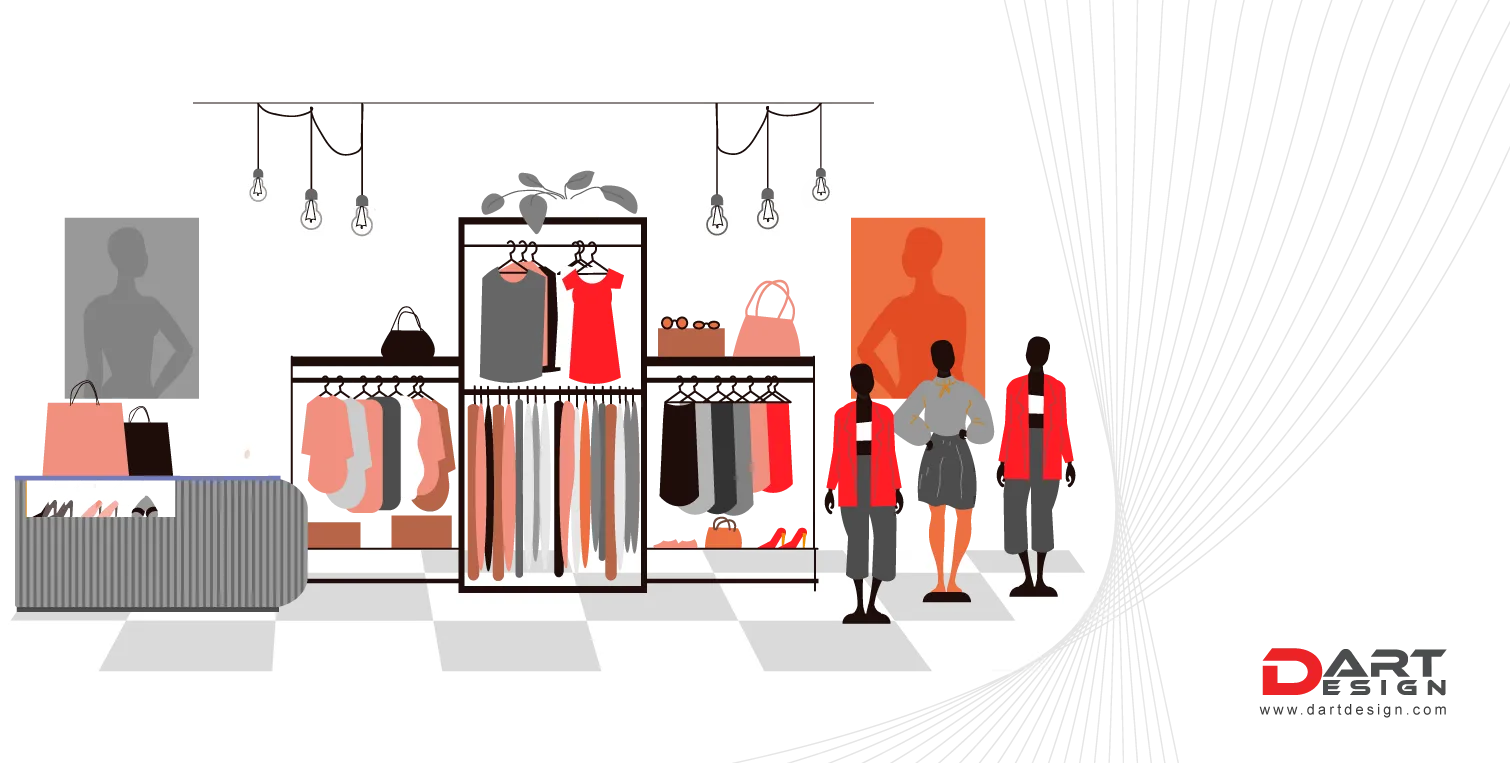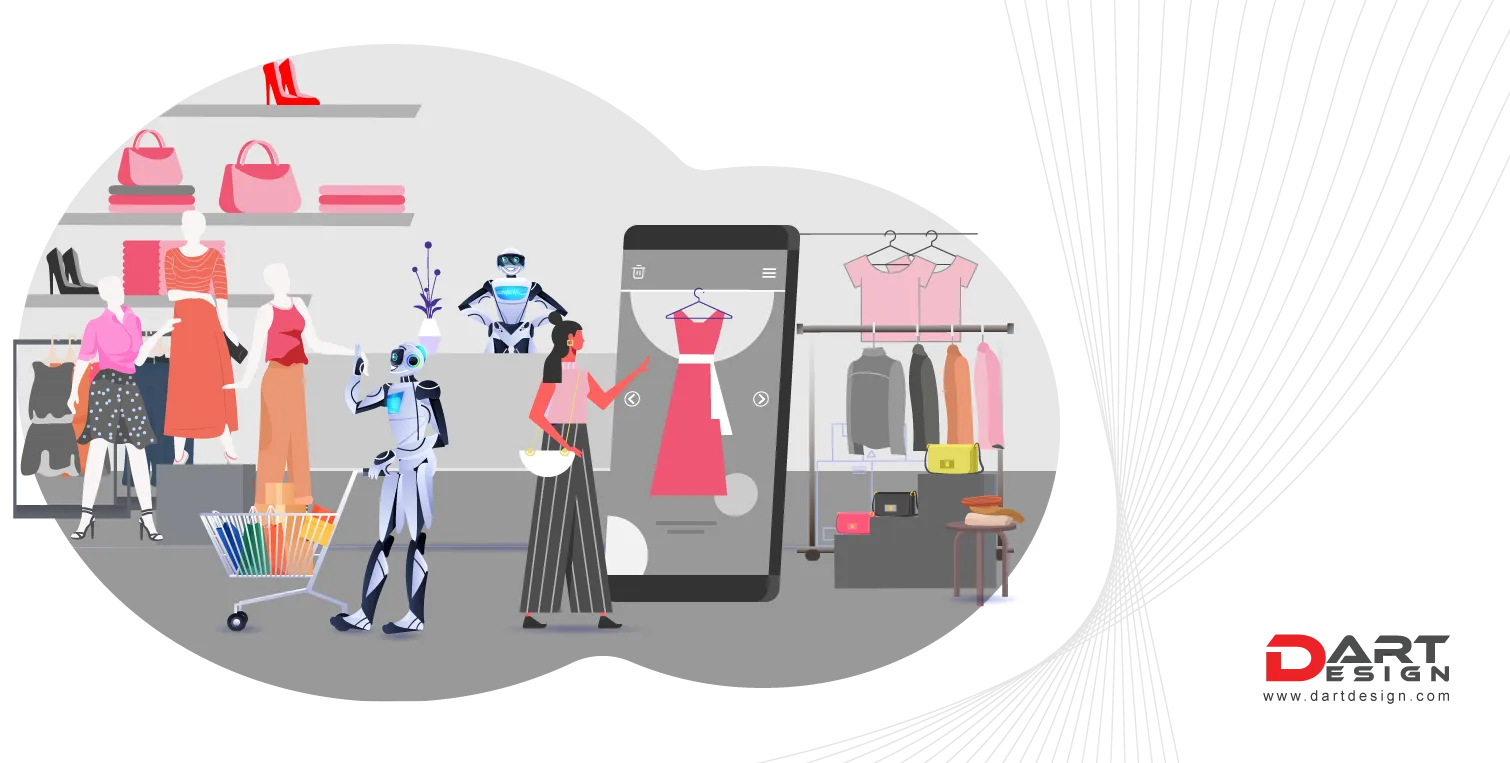Table of Contents
- Raw Concepts
- Discovery-Led Formats
- Maximalist Fun
- Chaotic Display
- The Makeshift Aesthetic
A new era of unsettled commerce
The current picture of uncertainty has everyone’s morale down. We have traversed through history’s most challenging period, and the shock seems more permanent. Perhaps the consistent feeling of permacrisis is the new normal, not just for the consumers but for the retailers, too.
Surprisingly, what seems like a bad influence emerged from an almost apocalyptic period; brands are utilizing it to fulfill the troubled consumer’s demand for emotional connection and help them find hope and comfort even in an upended environment. The post-pandemic era’s physical retail is farsighted and transitioning into a consumer-led industry. It wants to be known for all the right reasons and create a positive difference in people’s lives.
History had once observed a period of absurdism post-WWII when people searched for meaning and found it in the most chaotic places. Retail spaces are now finding relevance to this historical idea and inspiring the target consumers through the element of discomfort integrated into different formats inside store layout design.
Brands with exceptional business acumen understand the consumer’s keen interest in becoming part of something significant. Instead of constructing idealized experiences and spaces inside stores, retailers are moving towards the reinforcement of display and designing a distorted reality, becoming a new route to escape.
Embracing the Chaos Culture
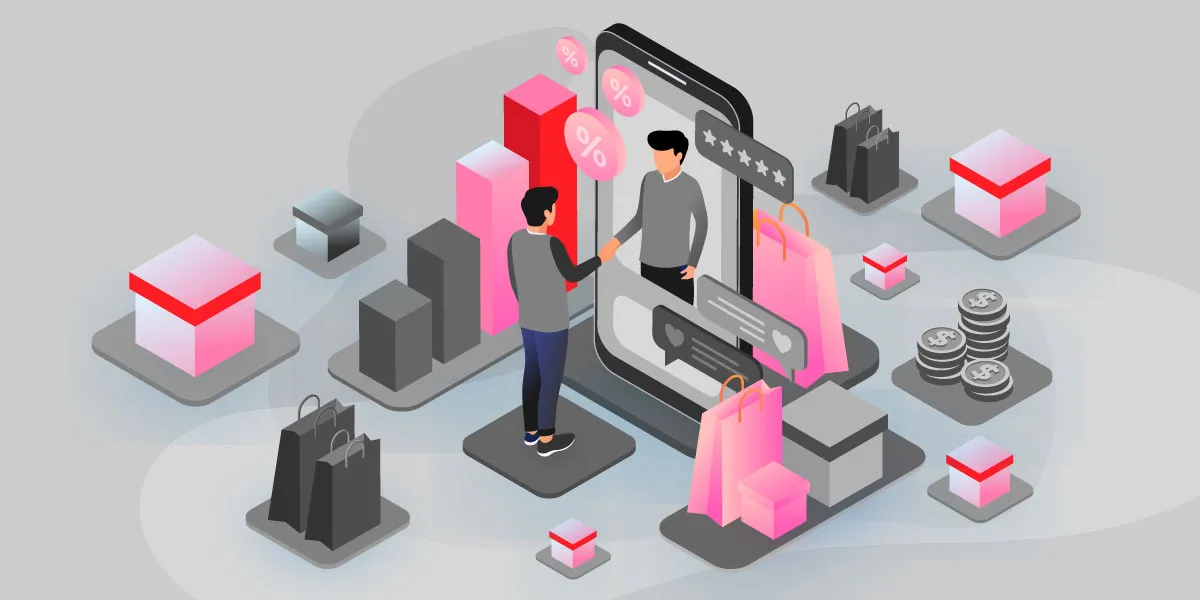
The post-pandemic world of chaos gave a clean slate for new beginnings. People, specifically GenZ, took this opportunity to reject what’s glorified as filtered perfection. It introduced a new trend for bad taste wherein unsolicited pressure isn’t entertained, but the nihilistic mindset drives consumers’ need to cope with tough times. In the wake of an age where people value authenticity over social filters, brands found room to help consumers escape reality while maintaining their individuality. Major market players created a different perspective on socials, advocating for chaotic maximalism over the continued trend of curated minimalism.
Brands like Birkenstock documented socials with a campaign called Ugly for a Reason, educating its users about the evolution of human feet, empowering the embracement of authenticity with feet health & wellness. Stepping out of the digital world, physical retail is also witnessing a revolutionary change in how stores strategize for VM and conceptualize design, keeping the trend of bad taste and chaos at the center.
The market is promptly moving towards bold ideas, unfiltered reality, and building a balance with imperfection to combat a period of polycrisis. As physical retail grabs the limelight for consumers’ desperate need to feel and experience an emotion, invoking senses inside retail spaces would require better initiative for brands to stand out and develop a profound relationship with the new-age consumers.
Reinvention of Retail
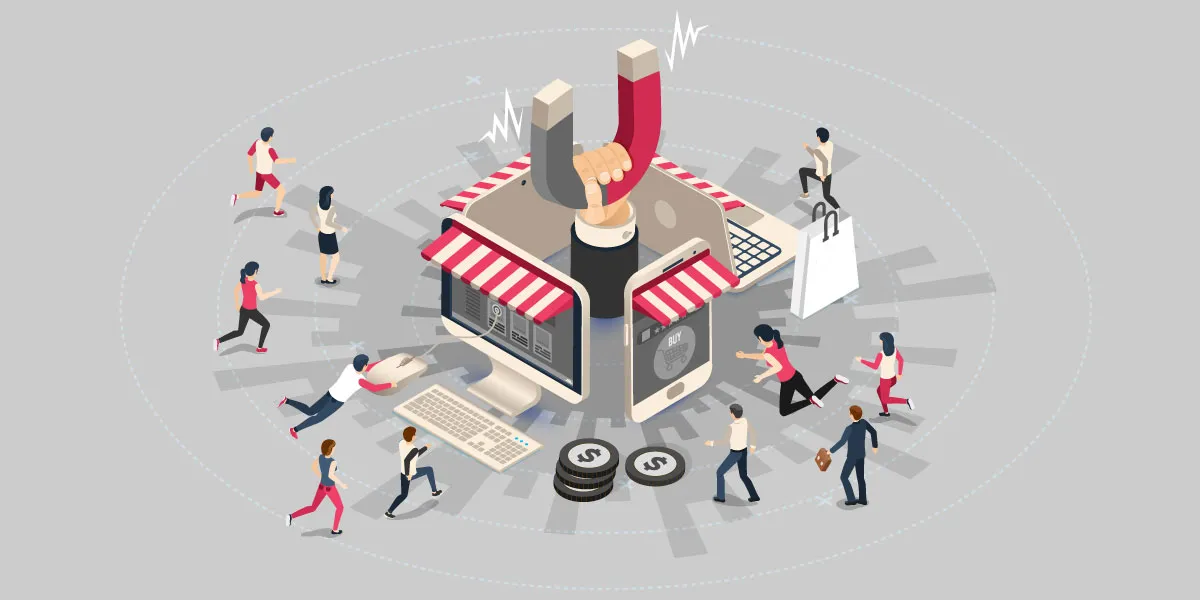
The retail of chaotic culture is all about a maximalist approach to designing, and designers behind big brand names focus on playing with colors to demonstrate vibrant and fantastical imagery. They are trying to convert the store space into a dreamlike portal that doesn’t keep the target consumer group away from the distorted perspective of reality but delivers hope and calmness right into the chaos.
These are a few design trends inside the new emerging category of chaos commerce that is rising in popularity:
- Raw Concepts
Brands are diligently adapting to the O2O (Offline to Online) approach, creating a seamless experience in retail stores similar to their screened devices. Following the pattern of unfiltered imperfection and Out-Of-Focus moments carried as a trend on social media, retailers are bringing designers into the picture for developing space layouts that appear unfinished or, as WGSN defines it, "Smashed-Up".
Luxury Stores can hop onto this trend to display their high-end collection against a tattered wall, low-value materials, stripped surface, and raw concrete walls. Meanwhile, the flooring could look more refined compared to the walls. Veja, a French footwear brand, implemented this raw design concept in their first retail store in Madrid, giving raw finishes to the layout yet making it look stylized.
- Discovery-Led Formats
Mystery shopping or discovery-led experience inside stores has had an incredible response from consumers in the past. Brands are now implementing it inside the store layout and designing it for the consumer’s dynamic escape. It is a thoughtful retail strategy inciting curiosity among visitors. People were, for far too long, well-adjusted to the convenience of eCommerce.
To counter it, brands are standing tall and creating moments where the store navigation becomes a ‘hide & seek’ game, gradually keeping them occupied with every intriguing element they discover. Curved structures, fixtures in creatively defined partitions, and more concealed storefronts keep things fascinating for an excellent duration, encouraging the consumer to stay and explore.
- Maximalist Fun
Counter to the simple, aesthetically curated, and sophisticated elegance imprinted in each store corner, the fun and bold vibes of maximalist store design are what some brands are experimenting with. The ‘More is Better’ philosophy of maximalism generates a moment of adventure for the visitor when they step on the store’s threshold.
Designers worked towards transforming stores into an experience centre where vibrant monochrome hues create a lucrative and eye-catchy facade. Brands can step into this trend and experiment with the development of large-sized fixtures, demonstrating a visually quirky look with store pop-ups and other playful elements.
- Chaotic Display
With a maximalist style of display and aesthetic imprinted throughout the store's layout. Chaotic VM display adds to the physical retail’s new normal experience. As more and more consumers rush toward the chaos and actively seek creative release, their favorite brands could deliver the emotional experience.
Some big names have already adapted to this idea, introducing nostalgic themes and bright colors that are exuberant and mood-uplifting. Retailers who haven’t experimented with this idea can look for the areas that would do well with the cluttered product demonstration with a vibrant backdrop.
- The Makeshift Aesthetic
Amidst the rising concern over the climate crisis and the carbon neutrality goal, a makeshift aesthetic is a primal approach for the retail industry. Brands are pulling in creative designers with the most incredible ideas for building sustainable stores. Consumers are now vigilantes carefully observing their favorite brand’s actions.
The makeshift aesthetic covers the design & VM strategy trend that reinforces implementing reusable materials for embellishing a store space. Utilizing recyclable materials alongside easy-to-dismantle elements enables easy movement from one location to another in case of emptying a store space. An example could be wheeled fixtures, which are agile yet creatively enticing to look at.
A new era of unsettled commerce
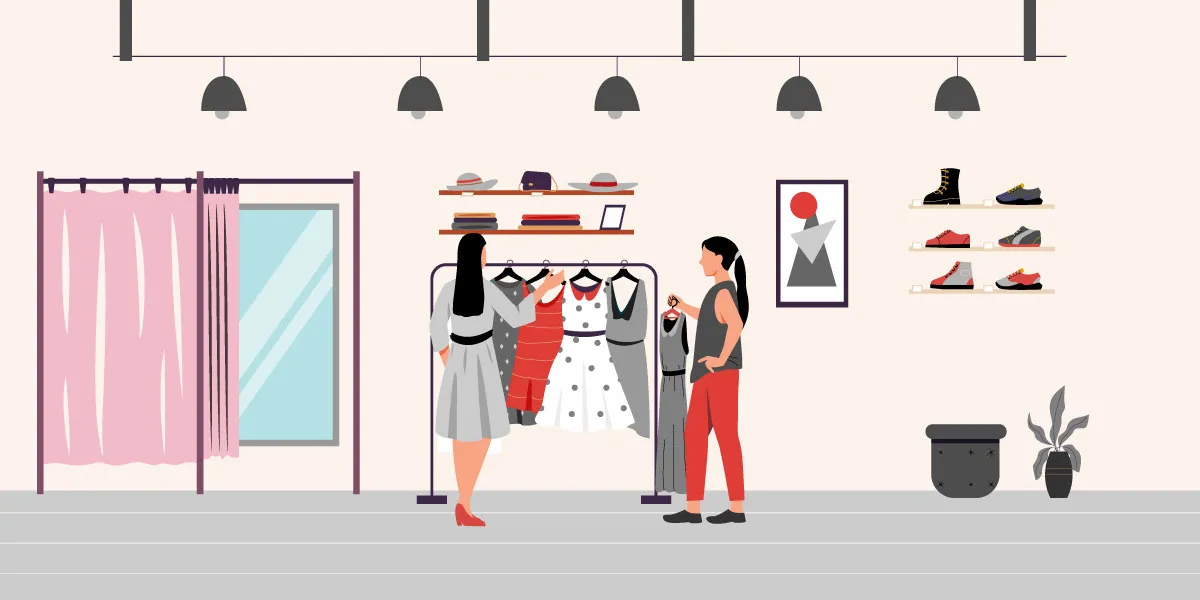
Playful props, large-sized fixtures, otherworldly aesthetics, and apocalyptic displays; the chaotic commerce is a whole new world of opportunity for retailers to cash on and show their support towards the trend where millennials to GenZ and the Alpha group, all desire flexibility and authenticity over impossible standards defined by social media influencers.
Today's consumers are anti-perfectionists happy to experience their distorted reality over some delusional make-believe fictional aesthetic. That’s why retailers need to step into an era of unsettled commerce and move away from the conventional standards of how physical retail should look. It’s time to experiment with different ways of demonstrating products, demonstrating brand narrative inside store spaces, and developing better ways to interact with users.
